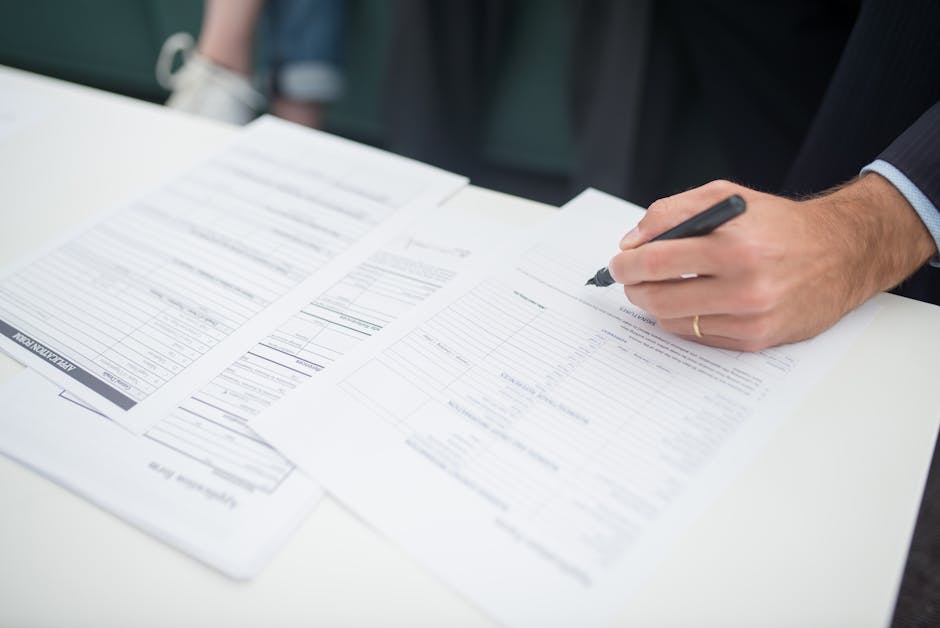**
If you’ve spent any time on dating apps, you know the risk. You swipe right on a profile that seems too good to be true, only to be met with a suspicious link or a scammer trying to get your details. The digital dating landscape, for all its promises, is often compromised by fake profiles and bots. But now, Tinder is drawing a digital line in the sand.
In a landmark move to bolster user safety, Tinder has announced the rollout of mandatory Facial Verification. This new requirement aims to ensure that every user is who they say they are, directly targeting the menace of catfishing, bots, and scammers on the platform.
How Does Tinder’s New Facial Verification Work?
This system is a significant upgrade from the previous optional “Photo Verified” feature. The new process is built around a “video selfie,” making it much more secure.
Here’s the breakdown:
1. Video Selfie Prompt: Users will be prompted to record a short video of their face.
2. AI-Powered Comparison: Advanced facial recognition technology then compares the video selfie against the user’s profile photos.
3. The Blue Checkmark: Once verified, the profile receives a blue checkmark, signaling to other users that they are a genuine person.
The video element is critical. While scammers can easily steal static photos from social media, faking a live video is significantly more difficult, providing a much stronger layer of authentication. Tinder has indicated this verification will become a prerequisite for key interactions like messaging, creating a more trusted ecosystem.
A Crucial Step for Online Dating Safety
This move is particularly timely for massive markets like India, where online scams are a growing concern. For many users, especially women, safety is the primary consideration when using dating apps. The fear of being deceived or harassed by a fake profile is a major deterrent.
By making facial verification mandatory, Tinder is sending a clear message that user safety is a top priority. This could be a game-changer, encouraging more genuine people to engage confidently on the platform. It effectively transforms the blue checkmark from a status symbol into a fundamental standard of trust.
Addressing Privacy and Accuracy Concerns
Naturally, a feature involving biometric data raises questions. The primary concern for users will be data privacy. Tinder will need to be transparent about how this facial geometry data is stored and protected to earn user trust.
There are also questions about the technology’s accuracy. Will the algorithm account for changes in appearance, like growing a beard, a new hairstyle, or wearing glasses? Ensuring the system is robust enough to avoid locking out legitimate users will be key to its successful implementation.
The Future of Swiping is Authentic
Despite these valid concerns, Tinder’s mandatory facial verification is a bold and necessary step forward. It tackles the single biggest issue plaguing online dating: authenticity. By weeding out bots and scammers, the platform is working to purify the dating pool, leaving only genuine individuals looking for real connections.
This initiative will likely create a ripple effect, pressuring other dating apps to implement similar robust verification measures. For now, Tinder is betting that a safer, more transparent platform is a more successful one. The era of the verified swipe is finally here, offering users more peace of mind with every right swipe.
**




